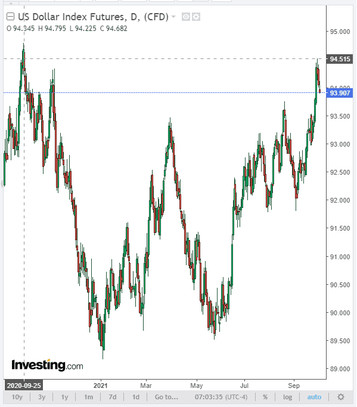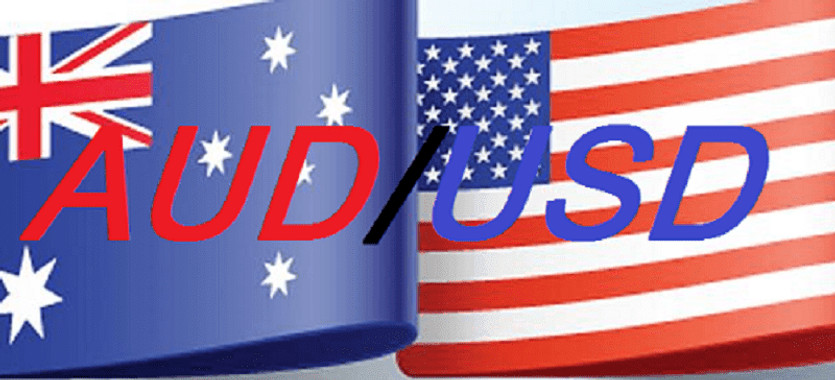During today's Asian session, there was weak trader activity and low trading volumes. This is partly due to the holidays celebrated today in Australia and China. Australia celebrates Labor Day, and China celebrates the Day of the People's Republic of China, which will last until October 7. Exchanges and banks in these countries are not working today, which is reflected in the activity and trading volumes during today's Asian session.
As for the Australian dollar, it should also be added that the next meeting of the RBA will be held tomorrow, dedicated to the issues of monetary policy.
Following the results of the previous September meeting, the leaders of the RBA decided to remain the key interest rate at 0.10%, despite the increase in inflation to 3.8% and a decrease in the main indicators of consumer activity. The target for government bonds also remained unchanged at 0.10%.
At the same time, the RBA announced a reduction in weekly purchases of government bonds, despite a sharp deterioration in economic conditions, postponing the planned revision of the asset purchase program from November 2021 to February 2022.
Now the volume of the government bond buyback program will be A $ 4 billion (instead of A $ 5 billion) per week until at least mid-February 2022. The bank also confirmed that a rate hike is unlikely until at least 2024.
The decision of the Reserve Bank of Australia to start scaling back asset purchases was considered by many economists to be wrong. In their opinion, in the third quarter the unemployment rate could rise significantly, and with almost zero growth in wages, the central bank should do even more to achieve full employment.
Some economists are forecasting a 4.0% decline in Australia's GDP in the third quarter. If their forecasts are confirmed, then the country's economy during this period will demonstrate one of the most significant contractions in the entire history of its existence. For Australia to avoid a second recession in two years, a strong recovery in economic activity is needed in the 4th quarter. A weaker currency and lower bond yields from an increase in quantitative easing would help meet monetary policy targets for inflation and employment, economists said, so the central bank should have announced an increase rather than a cut in asset purchases.
After this meeting, the Australian dollar fell sharply, including against the US dollar, despite the fact that the Governor of the RBA Philip Lowe tried to put a positive note in the decision of the central bank, saying that “the hitch in economic growth will be temporary. The spread of the delta strain of coronavirus will delay, but will not cancel the return to the usual pace of activity".
At the time of publication of this article, the AUD / USD pair was traded near the 0.7270 mark, in the zone below the important resistance levels 0.7301, 0.7330 (see Technical analysis and trading recommendations), having decreased by 2.4% from the level of 0.7440, where the pair was before the publication of the RBA rate decision. Despite the recovery by 100 points from the local lows reached at the end of last month near the level of 0.7175, the negative dynamics of the pair persists, caused not only by the weakness of the AUD, but also by the strengthening of the USD.
The American currency, in turn, is in demand both against the background of expectations of the soon start of phasing out the Fed's stimulus policy, and as a defensive asset due to complications on the front of the fight against coronavirus in connection with the emergence of new strains of it.

As of this writing, DXY dollar futures are traded near 93.90, 62 points below the local 12-month high of 94.52 hit last week. Despite the decline, the positive dynamics of the DXY remains.
As we noted above, the next meeting of the RBA will be held tomorrow. Its decision on the rate will be published at 03:30 (GMT). It is expected that at this meeting the Central Bank of Australia will leave the rate at the current level of 0.1%, although unexpected decisions are not ruled out. The main negative factors for the Australian economy are weak wage growth, a weak labor market and a slowdown in growth.
In an accompanying statement, the leaders of the RBA will explain the reasons for the decision on the rate. If the RBA signals the possibility of further easing of monetary policy in the near future, the risks of a fall in the Australian dollar will increase.





